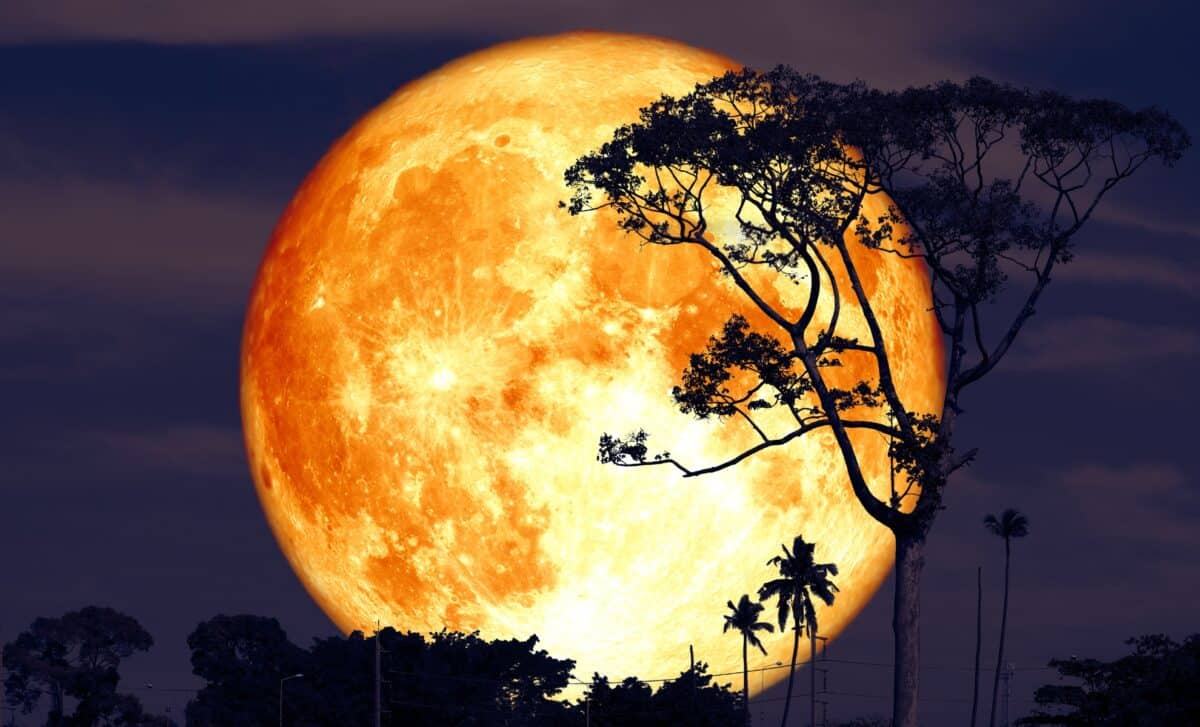As summer unfolds, the night sky offers several phenomena that both casual observers and dedicated astronomers will want to experience. This July, the skies will showcase a variety of planetary alignments, star clusters, and meteor showers.
With events visible across different parts of the world, it’s an ideal time to bring out your binoculars and telescope. As shared by National Geographic, among the highlights are Mercury’s elusive appearance, the full “buck moon,” and a chance to see Pluto at its brightest.
Backed by the U.S., Australia Just Secured a $2 Billion Boost to Outgun Threats in the Indo-Pacific
Messier 22 Cluster and Mercury’s Greatest Elongation
The month kicks off with the visibility of Messier 22, one of the brightest globular clusters visible from Earth. On July 1, the cluster will reach its highest point in the sky around midnight, though this is more favorable for observers located south of 46° N latitude. Located about 10,000 light-years away in the constellation Sagittarius, Messier 22 appears as a faint smudge to the naked eye, but binoculars or small telescopes reveal its dense star-packed structure.
Then, on July 4, Mercury will reach its greatest eastern elongation, meaning it will be positioned at its farthest apparent distance from the Sun. This event offers one of the best opportunities to see the elusive planet, which is usually challenging to spot due to its proximity to the Sun. According to the media source, you can spot it by looking west-northwest just after sunset.
The Full “Buck Moon” and Planetary Alignments
July 10 brings the full “buck moon,” named for the time of year when male deer begin to regrow their antlers. This moon is especially striking as it illuminates the lunar surface, where you can observe the bright rays radiating from Tycho crater and the dark basalt plains, known as maria. This full moon is a great opportunity to observe these features, especially with binoculars.
The sky will also feature a fascinating planetary alignment on July 16. The waning gibbous moon will pass by Saturn and Neptune in the constellation Pisces. Saturn, which is the brighter of the two, will be visible to the naked eye. However, Neptune, which is much dimmer, will require a telescope for viewing. This alignment coincides with Saturn’s retrograde motion, which makes it appear to move west across the sky.
Crescent moon, Pluto’s closest approach, and the Pleiades
Before sunrise on July 20, the crescent moon will pass within a degree of the Pleiades star cluster. The cluster, known for its bright blue stars, will shine brightly in the sky, making for a picturesque scene. Stargazers should look for the moon as it sweeps past this open cluster, which contains over 1,000 stars, most of which are young and hot. This event is particularly notable for those using binoculars, which will allow for an enhanced view of both the moon and the cluster.
One of the most anticipated events of July is Pluto’s opposition to the Sun on July 25. At this time, the dwarf planet will be at its closest point to Earth, making it appear slightly brighter than usual. Although Pluto remains nearly three billion miles away, this event offers the best opportunity for its observation in 2025. It will be located in the constellation Sagittarius, but finding it will require a powerful telescope and a detailed star chart.
Moon, Mars, and the meteor shower
The evening of July 29 will feature the conjunction of the moon and Mars, visible in the constellation Taurus. This event will occur low on the horizon, and while the visibility of both celestial objects may be limited due to their position, those in clear skies may catch a glimpse of Mars’ distinctive reddish glow.
July wraps up with the Southern Delta Aquariids meteor shower, which is expected to peak between July 29 and 30. The meteor shower, active from July 18 to August 12, will be particularly enjoyable this year as the waning crescent moon will set early during the peak, leaving the skies dark for optimal meteor viewing. Although the meteors tend to be faint, the dark skies should provide ideal conditions for spotting them.








